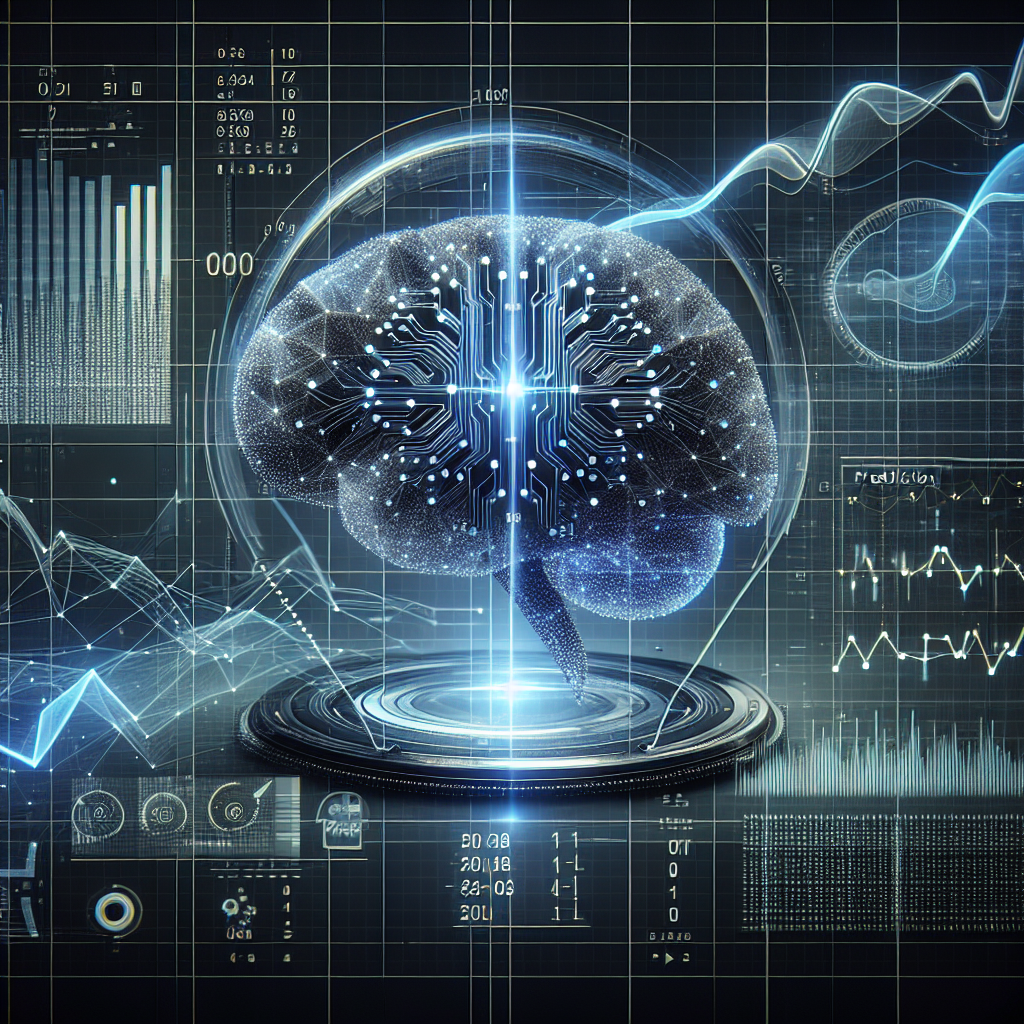
Time series analysis and forecasting have become essential tools in various fields, including finance, economics, healthcare, and environmental science. With the advent of artificial intelligence (AI), these techniques have evolved significantly, enabling more accurate predictions and insights. This article explores the fundamentals of time series analysis, the role of AI in enhancing forecasting accuracy, and real-world applications that demonstrate the power of these technologies.
Understanding Time Series Analysis
Time series analysis involves statistical techniques to analyze time-ordered data points. The primary goal is to identify patterns, trends, and seasonal variations over time. Key components of time series data include:
- Trend: The long-term movement in the data, indicating a general increase or decrease.
- Seasonality: Regular patterns that repeat over specific intervals, such as daily, monthly, or yearly.
- Cyclic Patterns: Fluctuations that occur at irregular intervals, often influenced by economic or environmental factors.
- Noise: Random variations that cannot be attributed to any identifiable cause.
The Role of AI in Time Series Forecasting
Artificial intelligence, particularly machine learning (ML) and deep learning (DL), has revolutionized time series forecasting. Traditional methods, such as ARIMA (AutoRegressive Integrated Moving Average) and exponential smoothing, have limitations in capturing complex patterns. AI techniques offer several advantages:
- Handling Non-Linearity: AI models can capture non-linear relationships in data, which traditional models may miss.
- Feature Engineering: AI can automatically identify and create relevant features from raw data, improving model performance.
- Scalability: AI models can handle large datasets efficiently, making them suitable for big data applications.
- Real-Time Forecasting: AI systems can process and analyze data in real-time, providing up-to-date forecasts.
Case Studies and Real-World Applications
Several industries have successfully implemented AI-driven time series forecasting to enhance decision-making and operational efficiency. Here are a few notable examples:
- Finance: Hedge funds and investment firms use AI algorithms to analyze historical stock prices and market trends, enabling them to make informed trading decisions. For instance, Renaissance Technologies employs sophisticated ML models to predict stock movements, reportedly achieving annual returns exceeding 70%.
- Healthcare: Hospitals utilize AI for predicting patient admissions and optimizing resource allocation. A study published in the journal Health Affairs demonstrated that AI models could predict patient volumes with 95% accuracy, allowing for better staffing and resource management.
- Retail: Companies like Walmart leverage AI for demand forecasting, analyzing historical sales data to optimize inventory levels. This approach has led to a 10% reduction in stockouts and improved customer satisfaction.
- Energy: Utility companies use AI to forecast energy demand based on historical consumption patterns and external factors like weather. For example, Google’s DeepMind has collaborated with energy providers to predict energy usage, resulting in a 10% reduction in energy consumption.
Challenges and Future Directions
Despite the advantages of AI in time series forecasting, several challenges remain:
- Data Quality: Accurate forecasts depend on high-quality data. Incomplete or noisy data can lead to misleading predictions.
- Model Interpretability: Many AI models, especially deep learning, operate as “black boxes,” making it difficult to understand how predictions are made.
- Computational Resources: Training complex AI models requires significant computational power and resources, which may not be accessible to all organizations.
Looking ahead, the integration of AI with advanced analytics and IoT (Internet of Things) technologies is expected to further enhance time series forecasting capabilities. As more data becomes available, AI models will continue to improve, leading to more accurate and actionable insights.
Conclusion
Time series analysis and forecasting are critical for informed decision-making across various sectors. The integration of AI has transformed these processes, enabling organizations to achieve higher accuracy and efficiency. By understanding the fundamentals of time series data, leveraging AI techniques, and learning from successful case studies, businesses can harness the power of predictive analytics to stay ahead in an increasingly competitive landscape. As technology continues to evolve, the future of time series forecasting looks promising, with the potential for even greater advancements on the horizon.
“`
